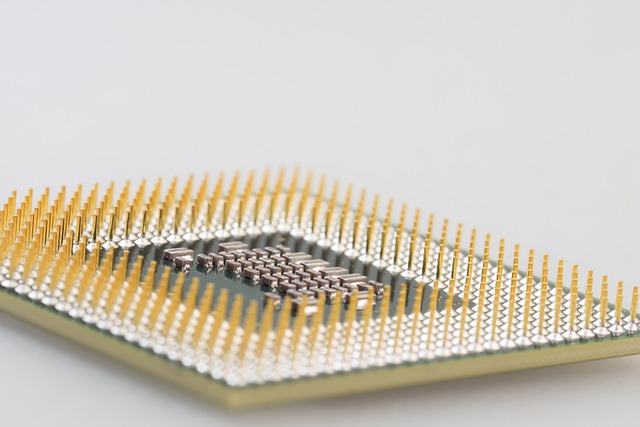Selenium WebDriver is an invaluable tool for automating web application testing. As with any software tool, it's not immune to exceptions. Understanding and adeptly handling these exceptions is the key to creating robust and reliable test scripts. In this comprehensive guide, we'll delve deep into the world of exceptions in Selenium WebDriver, offering insights and solutions to the most common challenges faced by testers.
Understanding Exceptions in Selenium
An exception is an unexpected event that arises during the execution of a program. They can be broadly categorized into:
- Checked Exception: These are exceptions that must be either caught or declared in the method where they are thrown.
- Unchecked Exception: These exceptions manifest during runtime.
Strategies for Handling Selenium Exceptions
1. The Try-Catch Method
The try-catch method is a fundamental approach to tackle exceptions in Selenium WebDriver. The try block contains the code that might throw an exception, while the catch block contains the code that handles it.
try {
// Code that might throw an exception
} catch (Exception e) {
// Handle the exception
}2. The Throws Approach
Instead of handling an exception, you can opt to throw it using the throws keyword. This is particularly useful when you want the calling method to handle the exception.
public void functionName() throws Exception {
try {
// Code that might throw an exception
} catch(Exception e) {
// Handle or rethrow the exception
throw(e);
}
}3. Handling Multiple Exceptions
In scenarios where multiple exceptions might be thrown, you can have multiple catch blocks to handle each exception type.
try {
// Code that might throw multiple exceptions
} catch (ExceptionType1 e1) {
// Handle ExceptionType1
} catch (ExceptionType2 e2) {
// Handle ExceptionType2
}4. The Finally Block
The finally block contains critical statements that must execute regardless of whether an exception occurs. It runs immediately after the try-catch block concludes.
try {
// Code that might throw an exception
} catch (Exception e) {
// Handle the exception
} finally {
// Code to be executed regardless of an exception
}Common Selenium Exceptions and Their Solutions
NoSuchElementException
This exception is thrown when WebDriver fails to locate an element. It often results from incorrect element locators.
try {
driver.findElement(By.id("incorrectID"));
} catch(NoSuchElementException e) {
System.out.println(e.getMessage());
}NoSuchWindowException
This exception arises when WebDriver attempts to switch to a non-existent window.
driver.switchTo().window("invalidHandle");ElementNotVisibleException
This exception is thrown when an element is hidden on the webpage.
try {
driver.findElement(By.id("hiddenElement"));
} catch(ElementNotVisibleException e) {
System.out.println(e.getMessage());
}StaleElementReferenceException
A stale element refers to an element that was once present on the DOM but has since been altered or removed. Interacting with a stale element triggers this exception.
WebElement staleElement = driver.findElement(By.id("elementID"));
// DOM changes
staleElement.click(); // This will throw StaleElementReferenceExceptionTimeoutException
This exception is thrown when a command doesn't complete in the stipulated time.
driver.manage().timeouts().implicitlyWait(10, TimeUnit.SECONDS);
driver.get("https://www.example.com");NoSuchSessionException
This exception occurs when a method is invoked after the browser has been closed using WebDriver.quit().
driver.quit();
driver.findElement(By.id("elementID")); // This will throw NoSuchSessionExceptionWebDriverException
This exception arises when WebDriver acts after the browser has been closed or if there's a mismatch in configurations.
Conclusion
Exception handling is paramount in Selenium scripting. By adeptly managing exceptions, testers can craft robust and efficient code. Various techniques, such as try-catch, throws, and finally, can be employed based on the script's requirements. For a deeper dive into exceptions, consider resources like Knoldus Blog and Guru99.
FAQs
- What is an exception in Selenium WebDriver?
- An exception is an unexpected event that arises during the execution of a program in Selenium WebDriver.
- How can I handle exceptions in Selenium?
- Exceptions in Selenium can be handled using methods like try-catch, throws, and finally.
- What is a NoSuchElementException?
- This exception is thrown when WebDriver fails to locate an element, often due to incorrect element locators.
- Why do I get a StaleElementReferenceException?


